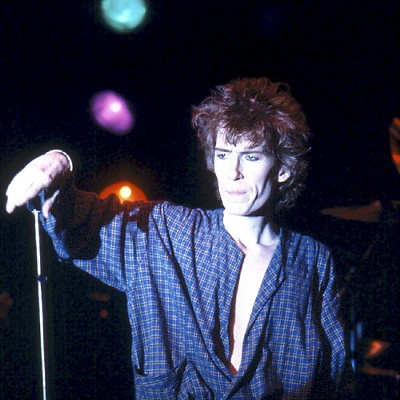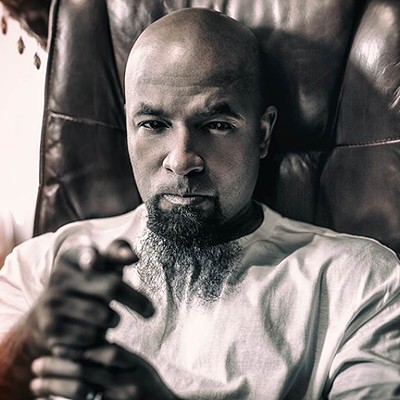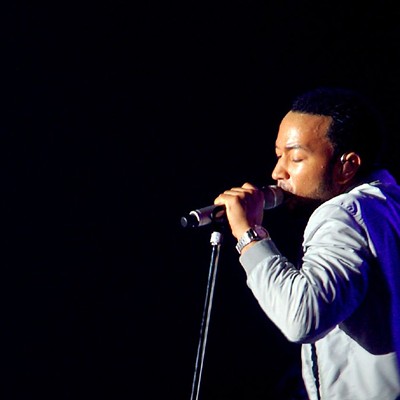BLONDIE, VENUS INFERS
DESERT DIAMOND CASINO'S DIAMOND CENTER
Tuesday, Sept. 1
Bridging punk and disco, hip hop and new wave, reggae and classic pop-rock, Blondie was one of the most commercially successful acts to spring from the legendary New York City punk movement in the late 1970s. And 30 years later, the band treated its fans to a terrific almost-90-minute performance last week at the Desert Diamond Casino.
The concert was far from an embarrassing sleepwalk through a few hits, as is sometimes the case with past-their-prime touring bands. This was a perfectly credible, often sizzling reinforcement of the Blondie legacy.
After a forgettable set by openers Venus Infers, Blondie roared out, immediately delighting the audience with the one-two punch of "Call Me" and "Hanging on the Telephone," the latter of which I've always considered a near-perfect pop song. Invigorating versions of classic material followed, such as "One Way or Another," "The Tide Is High," "Maria," "Rapture" and "Heart of Glass," which segued seamlessly into Michael Jackson's "Don't Stop 'Til You Get Enough," which closed out the evening.
And was that an unusually rockin' cover of the Celine Dion hit "My Heart Will Go On" from the Titanic soundtrack? Yep, think so.
Iconic lead singer Deborah Harry still looks dazzling at 64 years old. The ultimate new-wave diva, she wore straight platinum tresses, a slinky red dress, a short black leather jacket, black sunglasses and mismatched sneakers: one black, and one red. Her unusual beauty has not faded.
Harry was joined by original band members Chris Stein and Clem Burke. Stein showed off some guitar chops, tearing off hunks of melody from the hook-heavy tunes, and transforming them into snarling, angular leads and solos. Drummer Burke (wearing a CBGB's T-shirt) proved why he is the master of the tom-tom-centric big beat and a pioneer of high-energy pop-rock. Three hired hands rounded out the lineup, and the entire band played with a fiery quality that belied the fact that the show was the finale of a long tour.
For close-ups, two huge video screens stood on both sides of the stage, and a couple of flat-screen monitors hung above it. Unfortunately, the camerawork and production quality were inferior even to those found on subpar public-access TV programs; we much preferred watching the band at a distance.







